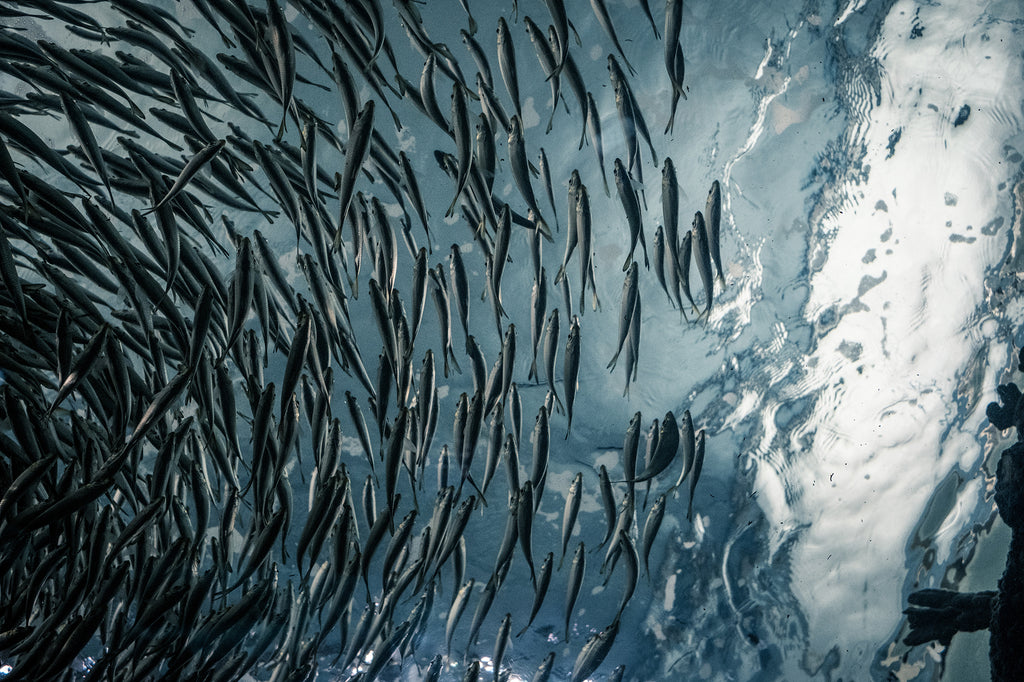 Look at your outfit today. Count the pieces you are wearing. How long have you owned them? How much did you spend on each item? Are they everyday essentials, or special occasion pieces? Who made each piece?
Look at your outfit today. Count the pieces you are wearing. How long have you owned them? How much did you spend on each item? Are they everyday essentials, or special occasion pieces? Who made each piece?
Chances are that most of us wouldn't be able to answer that last question. As is the case with many things we own, we never get to meet, or even hear about the people who make them.
Fashion Revolution wants that to change. Founded in 2013, this nonprofit organization has made it their mission to unite all the members of the fashion supply chain to "radically change the way our clothes are sourced, produced and consumed, so that our clothing is made in a safe, clean and fair way." Annual events are held every year on the anniversary of the Rana Plaza building collapse, the worst accidental structural failure of the modern day. Over 1,000 lives could have been saved if those in power cared enough to provide safe work environments for their textile workers. It was a preventable tragedy. Fashion Revolution works to see that something like that never happens again.
Their focus is to bring transparency to the fashion industry, focusing on the disconnect between the people who make clothes and the people who buy them. Why is it that we are comfortable walking around in something that could have been made by someone who was in extremely distressing circumstances? Who is risking their life to make ends meet by working in an unsafe facility? It can be human nature to ignore what is not right in front of us, but that certainly doesn't make it right. We need to care about the people who make up the supply chain that produces the clothes that we so value and love. Don’t they deserve the same?
How Can We Participate?
Fashion Revolution asks you to use your voice, by asking brands #whomademyclothes Take a picture of the tag on your garment, and post it to Instagram using this hashtag, and tag the brand to encourage them to respond. Beyond that, their guide to getting involved provides forms for tweets, e-mails, and letters that you can use to send to companies who you want to see transparency from, and to policy makers who you want to see enact change. If you want to go big, they have tips on hosting an event during the week, and will even hook you up with a team member to help you with promotion. Education, awareness, and engagement are huge parts of this type of movement. Those are all things that everyone can help with!
Since they have started their work, more brands are being open about where and how their clothes are made, and working to ensure facilities are safe. They saw many participate in the 2017 Open Studios initiative, where brands and individuals hosted events showcasing producers leading the way in sustainable and ethical production, and sharing their practices.
"We believe that collaborating across the whole supply chain; from farmer to consumer; is the only way to transform the entire industry." -Fashion Revolution
We support this movement 100%. Our clothes are sewn in Vancouver based facilities, by teams we can visit and interact with. We value being able to talk to the people we work with and build a relationship. We may not talk to every single person who works on our clothing, but we can visit where they work and we don't have to rely on the efforts of a third party to verify that they are experiencing fair working conditions. We like being able to contribute to a local Canadian company who is providing a service we are grateful for, and creating jobs for a community nearby.
Before needing to ask #whomademyclothes after a purchase, do your research ahead of time. Get to know smaller handmakers and designers. Ask them where they produce, how they source. If they are being ethical, they will be only too happy to discuss how they are contributing to a safer and more sustainable supply chain. If they aren’t, engaging them in the conversation could inspire them to make a change in their business, especially one that consumers value. That is a big piece of the puzzle as well. If even just a small number of us care on a grand scale, we will push the shift towards the change we wish to see, and inspire those around us to do the same.
"Never doubt that a small group of thoughtful, committed citizens can change the world; indeed, it's the only thing that ever has." -Margaret Mead
Even big companies, who are dealing with the challenges of scale, can make the choice to be responsible with their production practices. If that means their growth strategy has to slow down for a beat, isn’t it worth it in the end?
Fashion Revolution is a global organization, and they want to see lasting change in the industry. Last year, they saw over 2 million people engage in their cause, and hopefully the results from this week will show an even wider audience this year. Carrying on the conversation and resulting actions this initiative has started is so important for the safety of our fellow global citizens, and our home planet. We encourage you to ask #whomademyclothes and keep on asking until the answers we get are the ones that matter.
We are consistently working to find the best and most sustainable production options for our ethically designed SALT gear. If you have any questions for us about our process, send them our way!
from SALT Shop - Journal https://saltshop.ca/blogs/news/fashion-revolution-week-who-made-your-clothes





























